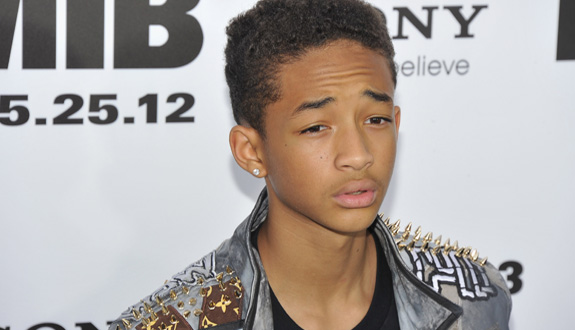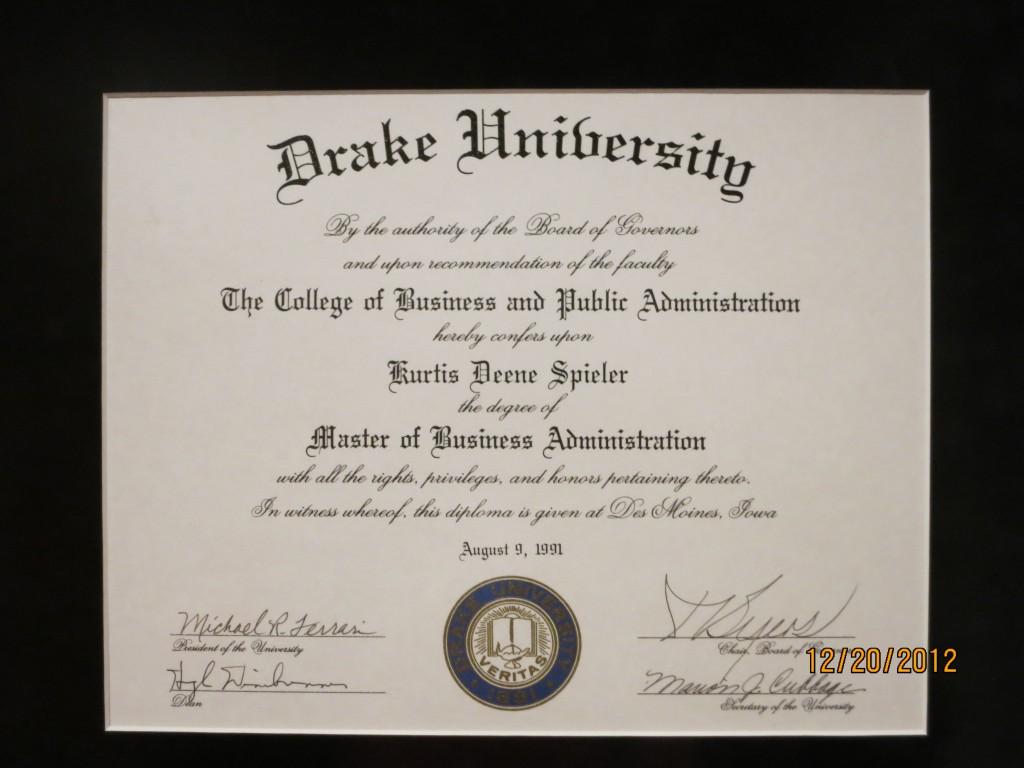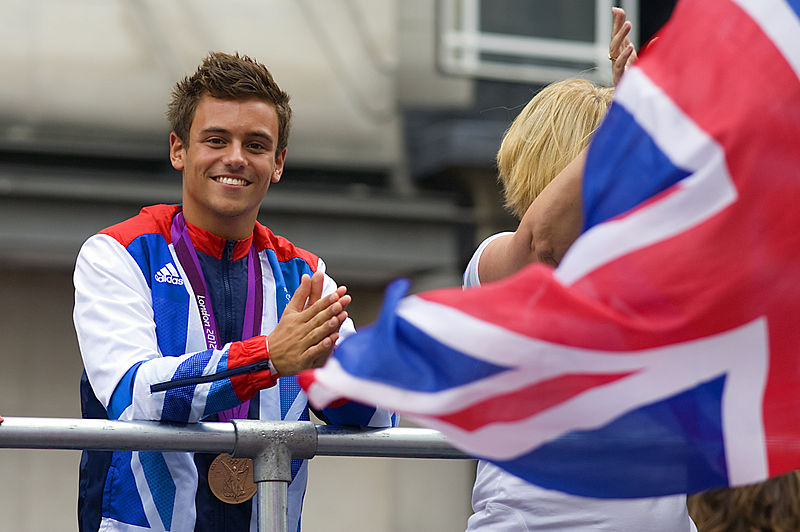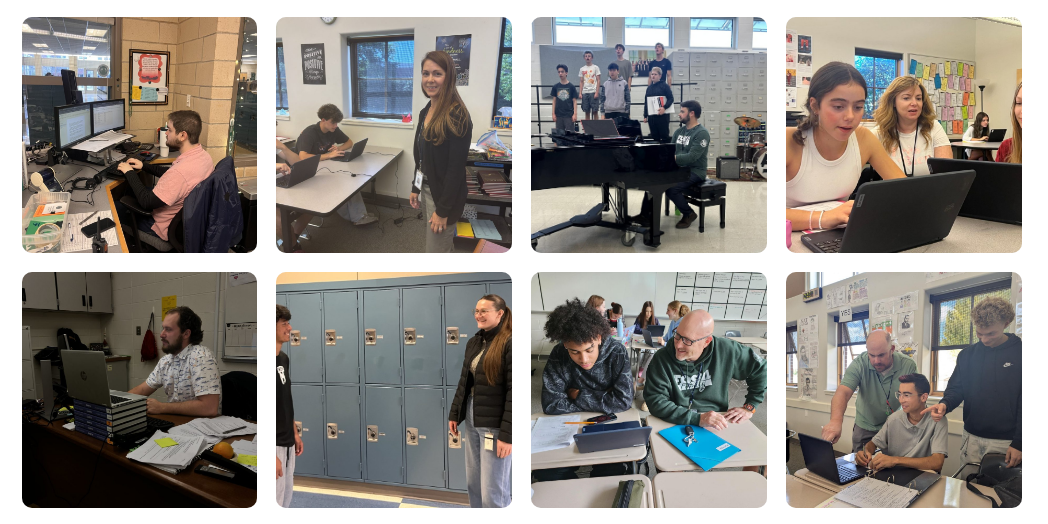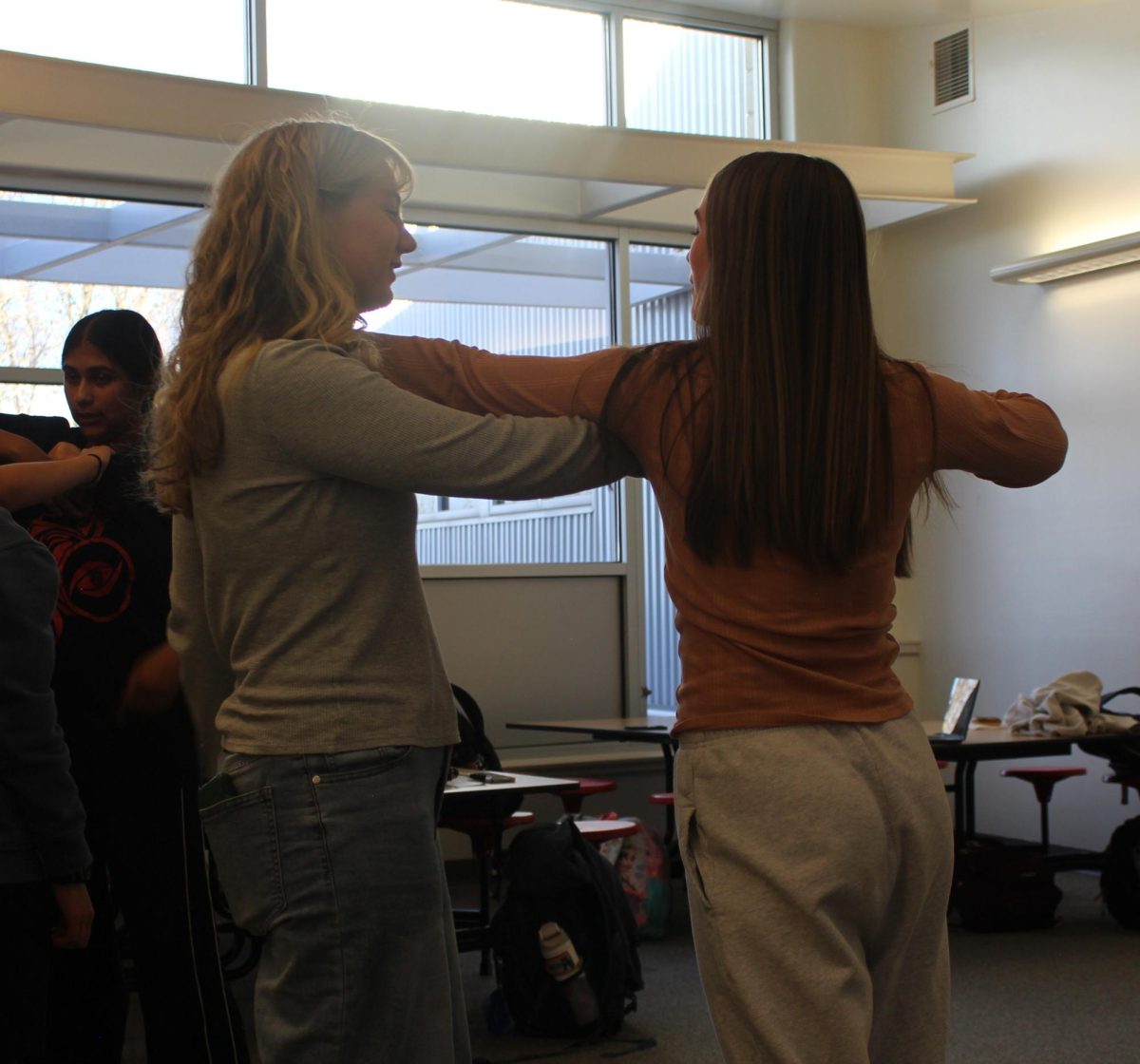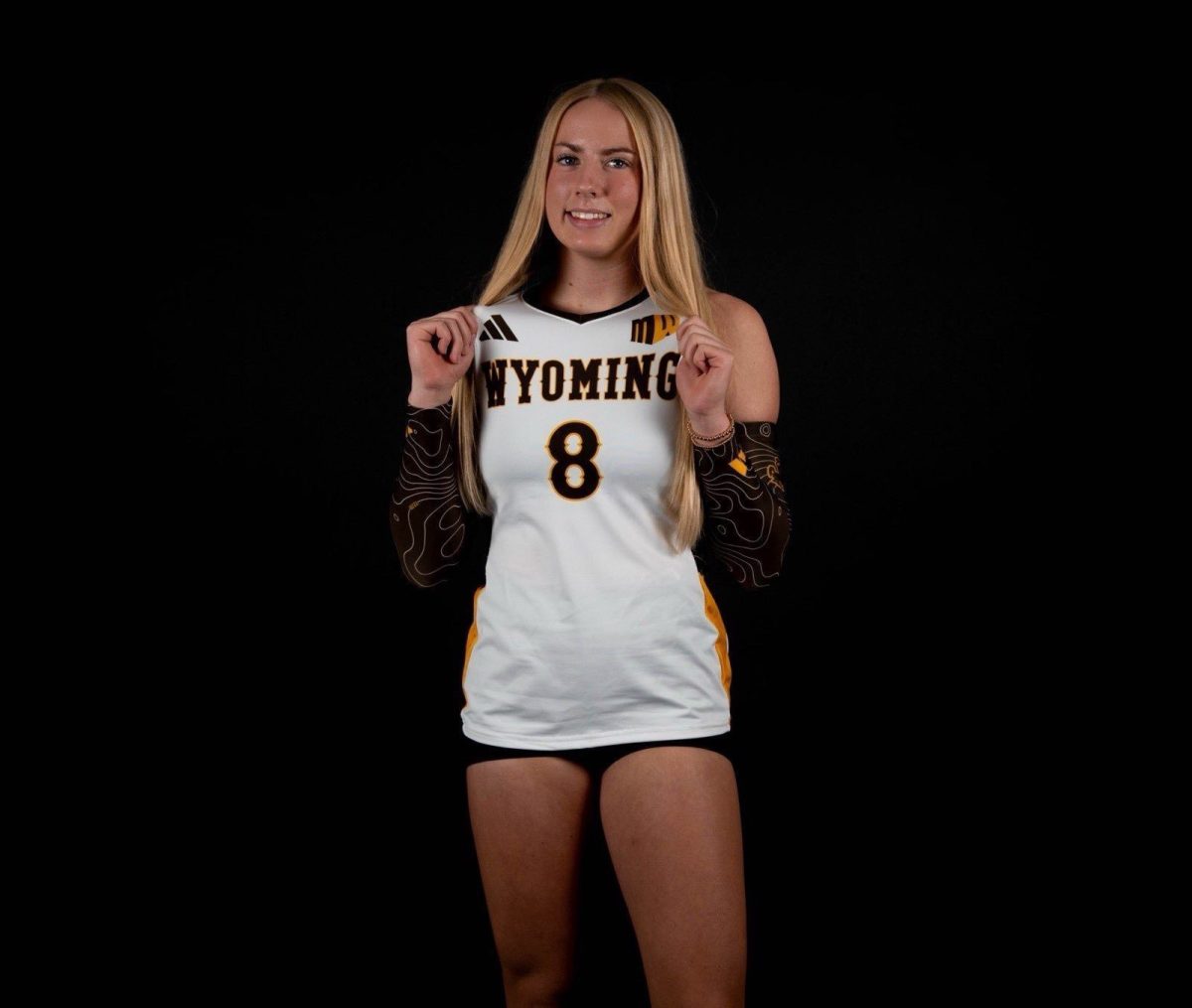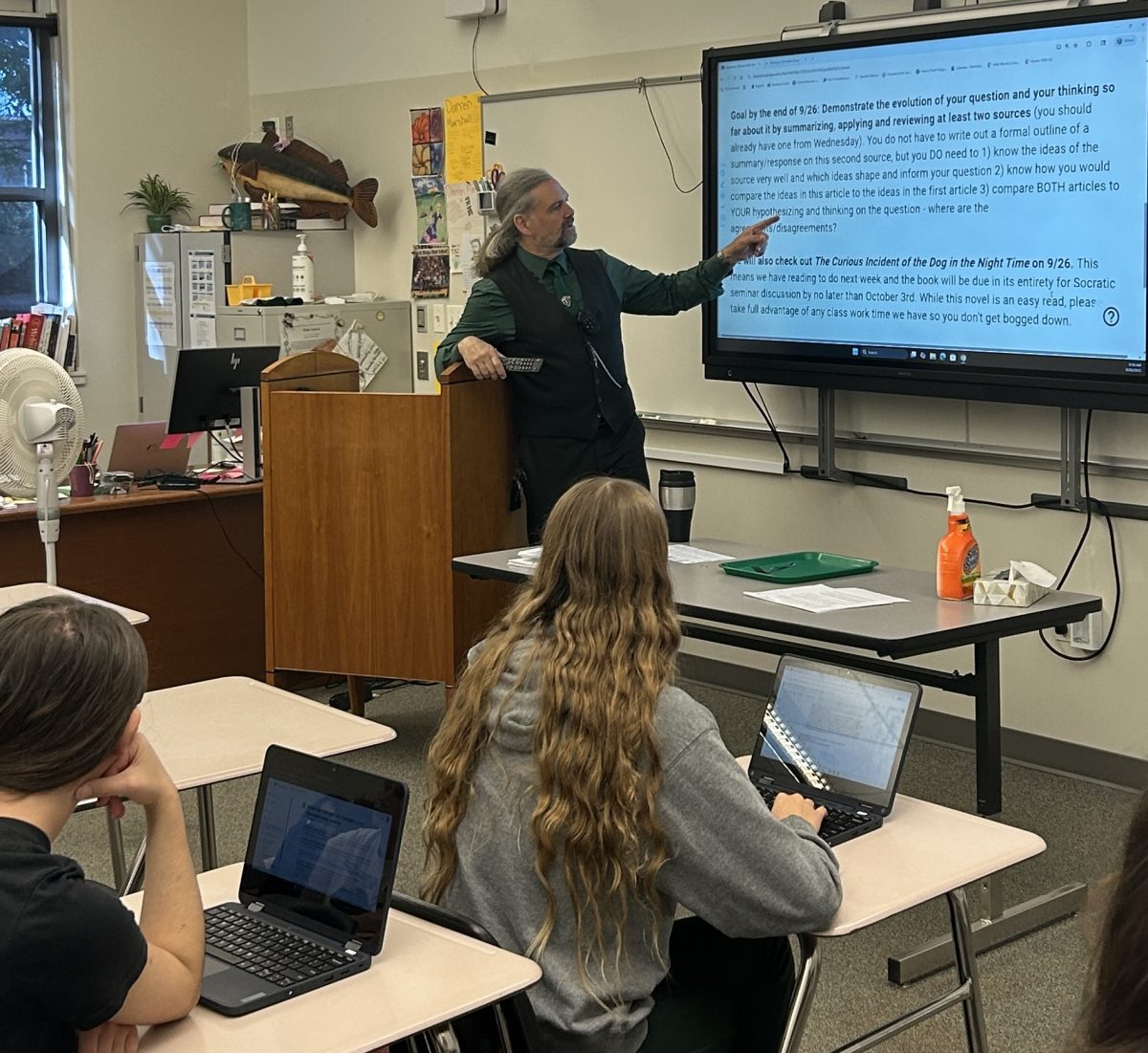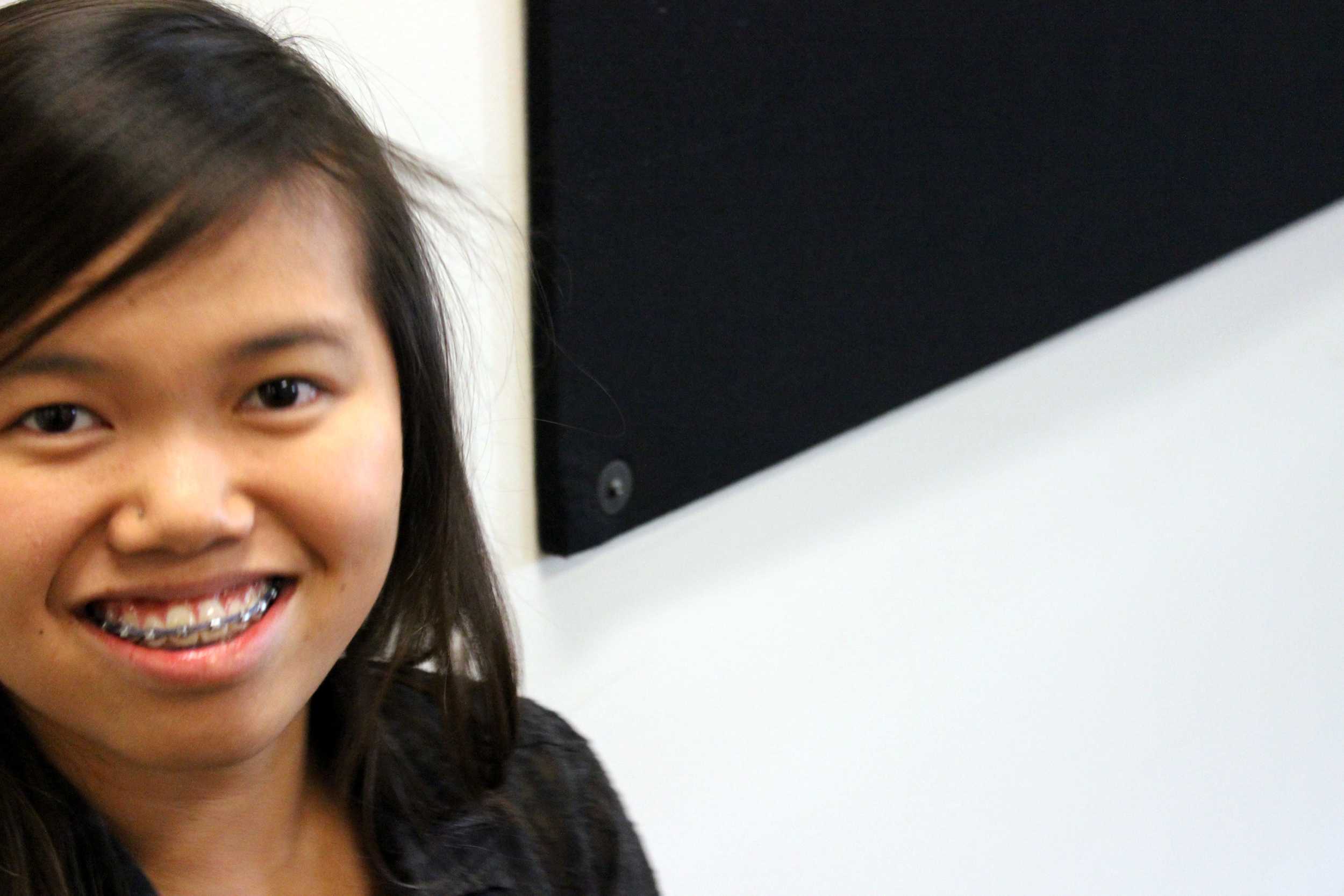
Every two years, millions of people gather around their TVs for the Olympics. Everyone gawks at the amazing talent all of the athletes have. Everyone supports our USA Team. But what about the Paralympics? Does the typical American know the names of those athletes too, or even when the event occurs?
Successful Paralympic high school swimmers do not have the same opportunities in high school to compete as their teammates. The Colorado State Swim Competition does not allow disabled swimmers the opportunity to compete, simply because they cannot meet the qualification times. “[Paralympic swimmers] are expected to train hard, but they can’t have to goal of making State,” Fossil Ridge High School senior and swimmer Elizabeth Wineinger said. “If you are a USA Team Paralympic swimmer, that’s like being Missy Franklin. For those swimmers, either you are a superstar or receive no recognition at all, whereas lots of high school girls have a shot at placing at State without being Olympic material.”
All Colorado high school athletes know about the Colorado High School Activities Association (CHSAA), the board who writes the rulebooks. According to CHSAA, in order to compete at the State Competition for high school swimming, an athlete must meet the qualification times. As the rules stand, every swimmer must meet the standard times, even if he or she has a disability.
Fossil Ridge High School junior Joy Stebbins, who was born with dwarfism, started swimming when she was eight years old. She was awarded the Colorado Disability Swimmer of the Year in 2010, swam in the 2012 Paralympic trials, and currently has the best Paralympic 50-yard butterfly time in the United States. Despite all of these extensive qualifications in the sport itself, she still could not swim in the high school State Competition. In 2011, Stebbins began wondering why she couldn’t swim with her other teammates at that competitive level. “Being an international swimmer, it felt like a punch [to not be allowed to compete at State],” Stebbins said. “I didn’t really feel appreciated.”
Stebbins is not the only swimmer who feels left out. Brickelle Bro goes to Rock Canyon High School in Colorado and is a high school swimmer. Bro is also a Paralympic swimmer who made the USA Paralympic team during the trials this year. Still, she does not have the opportunity to compete at state either. In Illinois, Mary Kate Callahan, a 17-year-old high school swimmer, sued Illinois High School Association, ISHA (the Illinois version of CHSAA), in federal court for not giving people with disabilities, like herself, a chance to swim at that competitive level. She claims that the actions of the ISHA violated the federal Rehabilitation Act of 1973 and the Americans with Disabilities Act of 1990. She asked for the ISHA to establish a scoring system and accommodations that would allow disabled students to compete in the high school finals. Callahan also earned herself a spot on the USA Paralympic team. The IHSA has said there are plans to move forward with “some really exciting programs” at this year’s state swimming meet.
Stebbins inspired FRHS Head Coach Carolyn Fries and Assistant Coach Mark Morehouse to bring up the issue to the CHSAA board last year. Stebbins was not mentioned specifically, but the idea of allowing people with disabilities to compete was.
For instance, there is one event for athletes with disabilities at the Track and Field State Competition; however, those athletes are not a part of a high school team. “I want it to be an opportunity for people who are members of a team,” Morehouse said, “but have a disability that would prevent them from ever qualifying for the [State] meet the way it is.”
Swimmers with disabilities can participate in all high school meets that do not have time requirements. However, there is the one and only meet with qualifications that Paralympic swimmers can participate in: Coaches Invite. For the Coaches Invite, if a swimmer with a disability wants to compete in that meet they can without meeting the qualification times
As of right now, the idea is in the discussion phase. The CHSAA board is currently deciding the right way to incorporate Paralympic swimmers into the State Meet, but this change most likely will not occur for this year’s event, which takes place February 2013. The board still needs to select a method and come to a final decision before any changes can be made. FRHS sophomore and swimmer Abbie Callahan is looking forward to the result of the CHSAA discussion.
“They should have a second set of times for people with disabilities [for the State Meet],” she said. “It would be fair if they had a chance to compete, just like us.”





